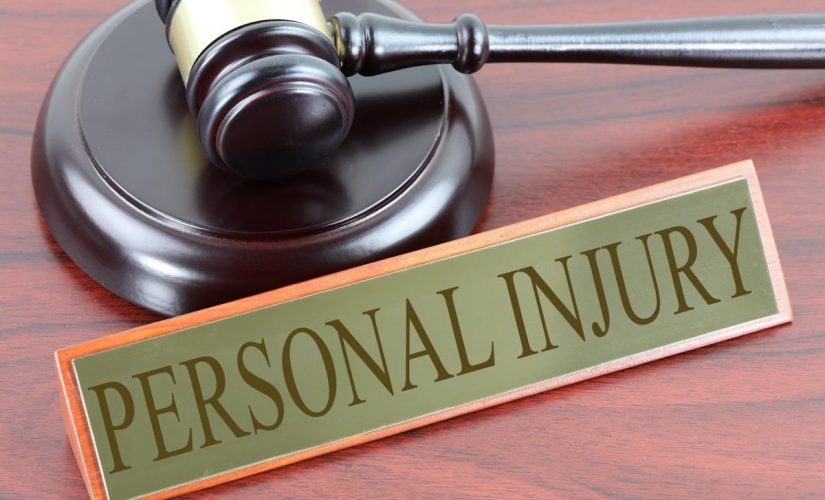Understanding Emergency Room Malpractice
Emergency rooms are often chaotic, high-stress environments where medical professionals must make quick decisions to save lives. However, in the midst of this chaos, mistakes can occur, leading to what is known as emergency room malpractice. This form of medical malpractice can have severe consequences, including permanent injury or even death.
What is Emergency Room Malpractice?
Emergency room malpractice refers to a situation where a healthcare professional in an emergency room setting fails to meet the standard of care expected in their profession, resulting in harm to the patient. This could include misdiagnosis, delayed treatment, medication errors, or surgical mistakes.
Common Examples of Emergency Room Malpractice
- Misdiagnosis: This is one of the most common forms of malpractice in the emergency room. Conditions like heart attacks, strokes, and appendicitis are often misdiagnosed, leading to delayed treatment and potentially severe complications.
- Medication Errors: In the rush of an emergency room, it’s not uncommon for patients to receive the wrong medication or incorrect dosage. This can lead to adverse reactions or ineffective treatment.
- Surgical Mistakes: Emergency surgeries are often performed under high pressure, increasing the risk of surgical errors. This could include operating on the wrong body part or leaving surgical instruments inside the patient.
Impact of Emergency Room Malpractice
The impact of emergency room malpractice can be devastating. According to a study published in the Journal of Patient Safety, medical errors, including those in emergency rooms, could contribute to between 210,000 and 440,000 deaths each year in the United States. Beyond the potential for loss of life, malpractice can also lead to long-term health complications, emotional trauma, and significant financial burdens due to ongoing medical care.
Legal Recourse for Victims of Emergency Room Malpractice
Victims of emergency room malpractice have the right to seek legal recourse. This typically involves filing a medical malpractice lawsuit against the healthcare provider or hospital. To succeed in such a lawsuit, the victim must prove that the healthcare professional failed to meet the standard of care, and this failure directly resulted in their injury.
Preventing Emergency Room Malpractice
Preventing emergency room malpractice requires a multi-faceted approach. This includes improving communication among healthcare professionals, implementing rigorous protocols for diagnosis and treatment, and ensuring adequate staffing levels to manage patient loads effectively.
Conclusion
Emergency room malpractice is a serious issue that can have devastating consequences for patients. While the chaotic nature of emergency rooms can increase the risk of errors, it’s crucial that healthcare professionals strive to maintain the highest standard of care to protect their patients. For those who have been victims of such malpractice, legal recourse is available, and it’s important to consult with an experienced medical malpractice attorney to explore your options.







